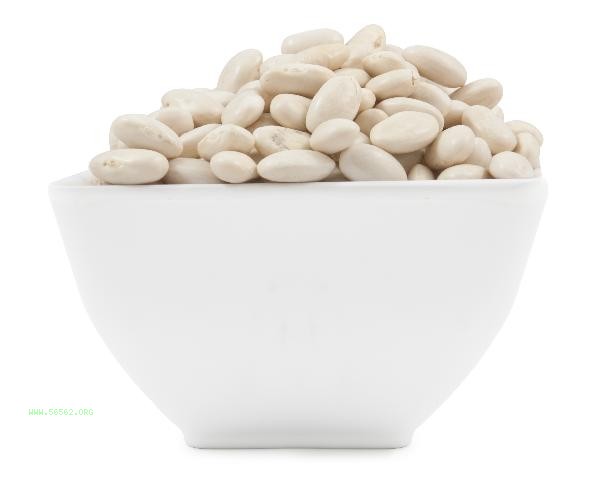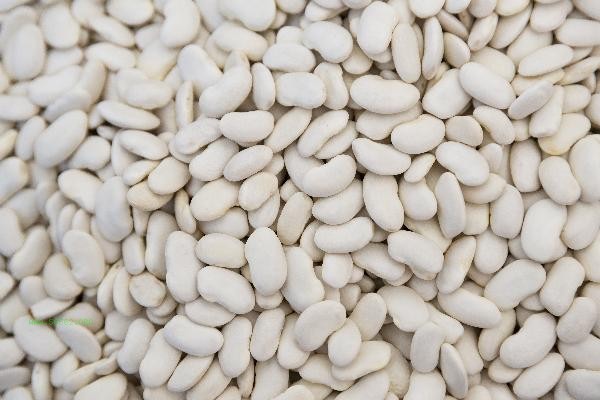Healthy adults can consume 30-50 grams of dried beans or equivalent soy products per day. The intake of legumes should be adjusted based on individual digestive ability, protein requirements, and underlying disease conditions. The main influencing factors include gastrointestinal function, uric acid levels, allergy history, nutritional combinations, and cooking methods.

1. Gastrointestinal Function
Beans are rich in dietary fiber and oligosaccharides, and excessive consumption may cause bloating and diarrhea. People with gastrointestinal weakness should start with a small amount of fermented bean products, such as fermented bean curd and natto, which are easier to digest and absorb. Soaking beans in advance and cooking them thoroughly can reduce the stimulation of anti nutritional factors on the gastrointestinal tract.
2. Uric acid levels
Soybeans, black beans, and other purines have moderate levels, and their consumption should be restricted during the acute phase of gout. But mung beans and red beans have lower purines and can be used as alternative options. During the production of bean products, some purines are dissolved in water. Tofu and soybean milk are relatively safe, but the daily total amount still needs to be controlled not to exceed 20g of dry bean equivalent.
III. Allergy History
Soy protein is a common allergen, and individuals with allergies should undergo low-dose testing when consuming it for the first time. Stop eating immediately if symptoms such as skin itching and oral swelling occur. Other plant protein sources such as chickpeas, mung beans, and other low sensitivity legumes can be chosen, but individual tolerance still needs to be observed.

4. Nutritional Matching
The combination of legumes and grains can improve protein utilization, and it is recommended to mix them in a ratio of 1:2 for consumption. Iron deficient individuals should avoid consuming legumes and strong tea together to avoid affecting iron absorption. For patients with diabetes, the proportion of beans can be appropriately increased, and its slow release carbohydrate is helpful for blood sugar control.
V. Cooking Method
Germination treatment can improve the bioavailability of legume nutrients, and the vitamin C content of soybean sprouts increases significantly. Fried bean products have a high heat density, and it is recommended to choose low-temperature cooking such as steaming. Fermented soy products contain probiotics, but hypertensive patients should pay attention to their sodium content.

It is recommended to consume legumes in a dispersed manner throughout three meals to avoid excessive single intake. Individuals with renal insufficiency should control their intake of plant-based protein under the guidance of a doctor. Daily exercise can be combined with moderate exercise to promote the absorption of soy protein, and supplementing with soy food within 30 minutes after exercise is more effective. The variety of legumes can be adjusted in different seasons. In summer, it is suitable for heat clearing products such as mung beans and kidney beans, while in winter, it is suitable for isothermal supplementation of black beans and red beans. Long term consumption of a single legume may lead to nutritional imbalance. It is recommended to rotate 4-5 different legumes per week.








Comments (0)
Leave a Comment
No comments yet
Be the first to share your thoughts!